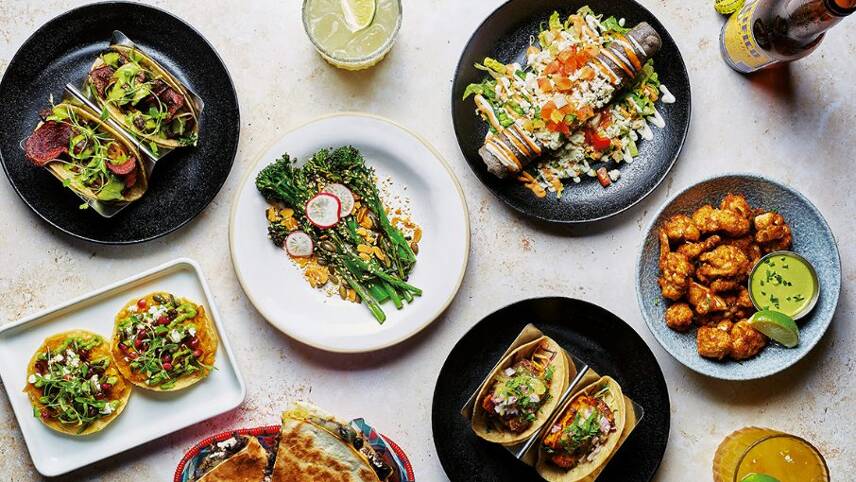Register for free and continue reading
Join our growing army of changemakers and get unlimited access to our premium content

Image: Wahaca
The rating system came into effect on Wednesday (6 April) – the same date mandatory disclosures of calorie counts on menus came into effect for large UK restaurant chains. It involves labelling dishes as ‘low’, ‘medium’ and ‘high’ carbon.
Wahaca has worked with startup Klimato, which specialises in measuring and communicating the climate impact of food, to develop the labelling system.
Klimato’s data concludes that the average lifecycle carbon emissions of lunchtime and evening meals served in the UK is 1.6kg of CO2e per main dish. Therefore, dishes with footprints of 0.6kg of CO2e or lower are labelled ‘low-carbon’. Dishes with footprints between 0.6kg of CO2e and 1.6kg of CO2e are labelled ‘medium’, and those with a higher footprint get a ‘high-carbon’ label.
Emissions calculations account for all ingredients of a dish across the value chain, including farming, processing, transport, storage and cooking. To lower transport-related emissions, Wahaca has already ended the air-freighting of ingredients into the UK.
The dish on Wahaca’s menu with the highest climate footprint is the chargrilled steak burrito, with lifecycle emissions of 3.04 tonnes of CO2e per serving.
Explaining the rationale behind introducing carbon labelling, Wahaca’s co-founder Thomasina Miers said: “I am not a huge fan of calorie counting – it’s a blunt tool in terms of assessing the goodness in the food we eat, and only tells us a fraction of the story. And, since climate change is at the very least as important to human health as calorie intake, we want to help people make decisions that are better for the planet as well as for themselves.
“Knowing that meat and dairy products produce the most emissions has led to us expanding our vegetarian and vegan offering in recent years, together with our commitment to sourcing ingredients from closer to home, from suppliers we trust. Sustainability is of course a complex issue, but by using our menu to share insights into the footprint of our dishes we hope that customers will consider making choices that tread more lightly on the world around us.”
Wahaca’s own overarching climate target for the business is to maintain carbon-neutral status. It first achieved verification in 2016 and works with the CarbonNeutral Company for verification. Offsetting projects supported by Wahaca have involved bringing clean cooking fuel and wind energy generation online in Mexico.
Actions taken by Wahaca to minimise emissions include the introduction of motion sensor lighting and flow-control plumbing; forming localised supply chains and banning air freight; offering more plant-based menu items; diverting all waste from landfill; using takeaway packaging made from sugar cane fibre; recycling used oil to make biofuel and using the SKA Retail environmental assessment when building and retrofitting restaurants.
Counting carbon
Eco-labels have been something of a talking point in the sustainability space in recent months.
Last October, catering giant Compass Group confirmed plans to introduce eco-labels to all meals served through its business and industry (B&I) arm in the UK and Ireland, building on the learnings of implementing carbon labelling at Glasgow’s SEC during COP26.
Other food companies to have started using eco-labels in 2021, or to have expanded existing initiatives, include Lidl GB, Upfield, Quorn Foods, Tyson, Nestle, Sainsbury’s, Costa Coffee, Marks & Spencer and VeeTee Rice.

